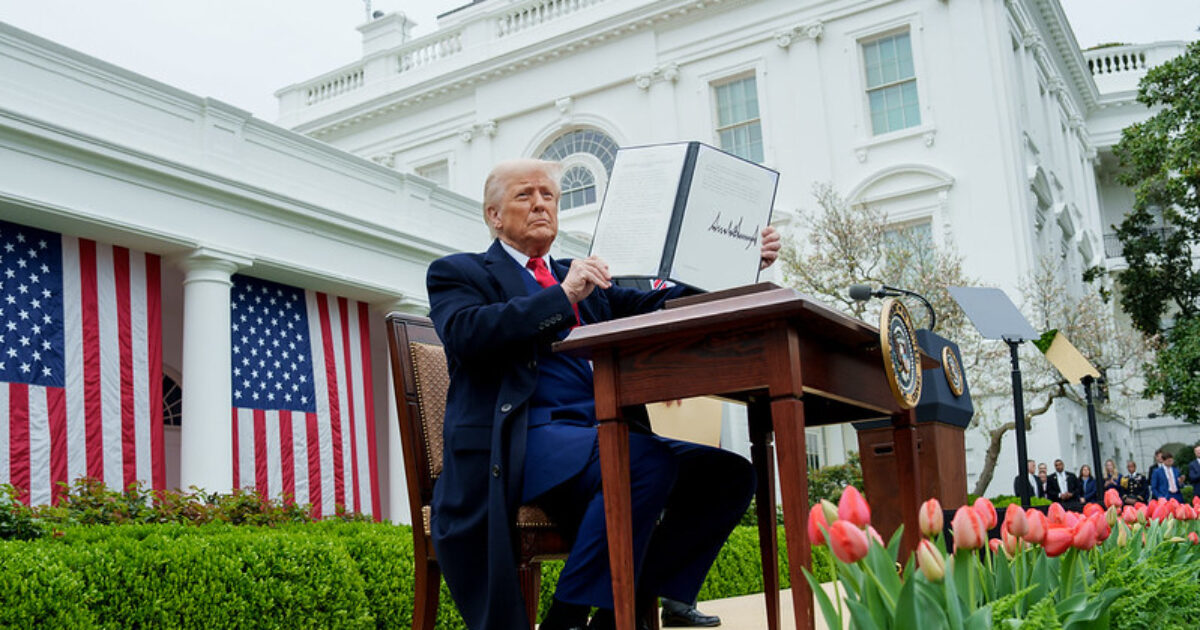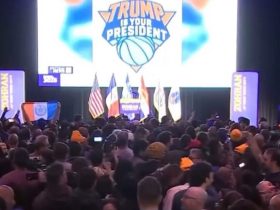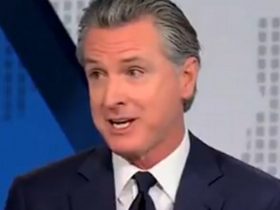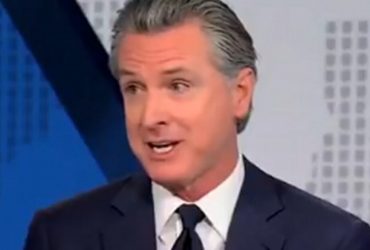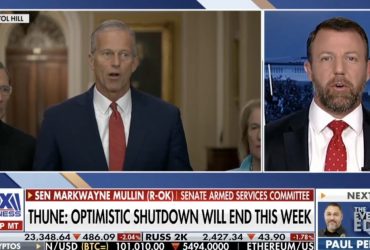President Trump signing the executive order on tariffs. Image courtesy of Antonio Graceffo, AI-generated.
Critics of President Trump’s April 2, 2025, executive order on tariffs argue that the policy lacks clarity or direction. Yet the order is anything but vague. In fact, it offers one of the most detailed diagnoses of America’s structural trade imbalances in decades—backed by specific data, a national security framework, and a roadmap for restoring fairness in global trade.
The problem isn’t the order’s content—it’s that few critics have bothered to read it.
At the heart of the executive order is the assertion that large and persistent U.S. goods trade deficits—totaling $1.2 trillion in 2024 and up over 40% in just five years—represent an “unusual and extraordinary threat” to America’s economy and national security.
These deficits, it explains, are not merely the result of market forces but the product of “disparate tariff rates and non-tariff barriers” erected by America’s trading partners.
The order doesn’t just assert this—it proves it. According to the World Trade Organization, the U.S. has one of the world’s lowest simple average Most-Favored-Nation (MFN) tariff rates at 3.3%.
In comparison: Brazil charges 11.2%, China 7.5%, the European Union 5.0%, India 17%, and Vietnam 9.4%.
The imbalance becomes even more striking in specific sectors. The U.S. imposes just a 2.5% tariff on passenger vehicle imports with internal combustion engines, while the EU charges 10%, China 15%, and India a staggering 70%. On network switches and routers, the U.S. imposes no tariff at all, but India levies 10%.
For apples, the U.S. allows duty-free imports; meanwhile, India charges 50% and Turkey over 60%. These are not rhetorical flourishes—they are hard data used effectively to show just how unreciprocated U.S. market access has become.
More importantly, the order does not treat trade policy as a narrow economic matter—it places it squarely within the realm of national security.
“The cumulative effect of these imbalances has been the transfer of resources from domestic producers to foreign firms… leading to lost manufacturing jobs, diminished manufacturing capacity, and an atrophied industrial base, including in the defense-industrial sector,” the order states.
The numbers support this warning. U.S. manufacturing output as a share of global production has dropped from 28.4% in 2001 to just 17.4% in 2023. Since 1997, the United States has lost roughly 5 million manufacturing jobs—many in regions where the economic void has fueled social decay, including family breakdown and opioid abuse.
Manufacturing now represents only 11% of the U.S. economy, yet it accounts for 35% of productivity growth, 60% of exports, 55% of patents, and 70% of all R&D spending. Every manufacturing job spurs an estimated 7 to 12 additional jobs in related industries.
The order stresses that this isn’t just about jobs—it’s about America’s long-term ability to defend itself. Recent events, including supply disruptions during the COVID-19 pandemic and attacks on global shipping routes by Houthi rebels, have highlighted the dangers of relying on foreign suppliers for critical goods.
What Trump’s critics often miss is that this is not a protectionist policy in the traditional sense. Rather, it is rooted in the long-standing principle of reciprocity—an idea dating back to the 1934 Reciprocal Trade Agreements Act. The order establishes a 10% across-the-board ad valorem tariff on most imports, effective April 5, 2025.
For 57 countries named in Annex I of the order, elevated country-specific tariffs will follow on April 9. These measures are designed to remain in place only “until such time as… the underlying conditions are resolved.” The policy is also adaptive: countries that show good faith by improving market access for U.S. goods could see their tariffs lowered, while those that retaliate could face further penalties.
The order goes beyond tariffs and directly addresses non-tariff barriers—many of which quietly restrict American exports. These include complex customs rules, arbitrary licensing, and discriminatory product standards. The order also highlights structural manipulation by foreign governments, including wage suppression and the strategic limitation of domestic consumption. These practices allow countries to overproduce and dump cheap goods into open markets like the United States.
The imbalance is further reflected in national consumption rates. While American consumption accounts for about 68% of GDP, it is just 39% in China, 31% in Singapore, 27% in Ireland, and 50% in Germany. In other words, the United States has become the consumer of last resort, propping up global demand while receiving little in return.
The post–World War II trade system was based on three assumptions: that American liberalization would lead others to follow; that this would raise consumption abroad; and that reciprocal trade would prevent persistent deficits.
As the executive order bluntly puts it: “Those assumptions were wrong.” Today, the system has become entrenched in asymmetry. Even in cases where the U.S. runs bilateral surpluses, hidden tariffs, subsidies, and currency manipulation distort the playing field. America’s once-strong industrial base has been hollowed out. “A nation’s ability to produce domestically,” the order warns, “is the bedrock of its national and economic security.”
This executive order doesn’t conceal its intentions. It clearly identifies the structural problems in global trade, supports its claims with hard numbers, and proposes a strategic solution. That critics claim the order is unclear says more about their political posturing than it does about the document itself.
Whether one supports tariffs or not, this executive order deserves recognition for what it is: a well-reasoned defense of American economic sovereignty, national security, and fairness in global trade. It also marks the most serious and comprehensive attempt by any president—past or present—to rebalance the United States’ trade relationships with both allies and competitors.
While Democrats have been quick to criticize, none have offered a better plan—and they still haven’t.
The post Trump’s Tariff Order Is Clear, Strategic, and Necessary—Critics Just Aren’t Reading It appeared first on The Gateway Pundit.

